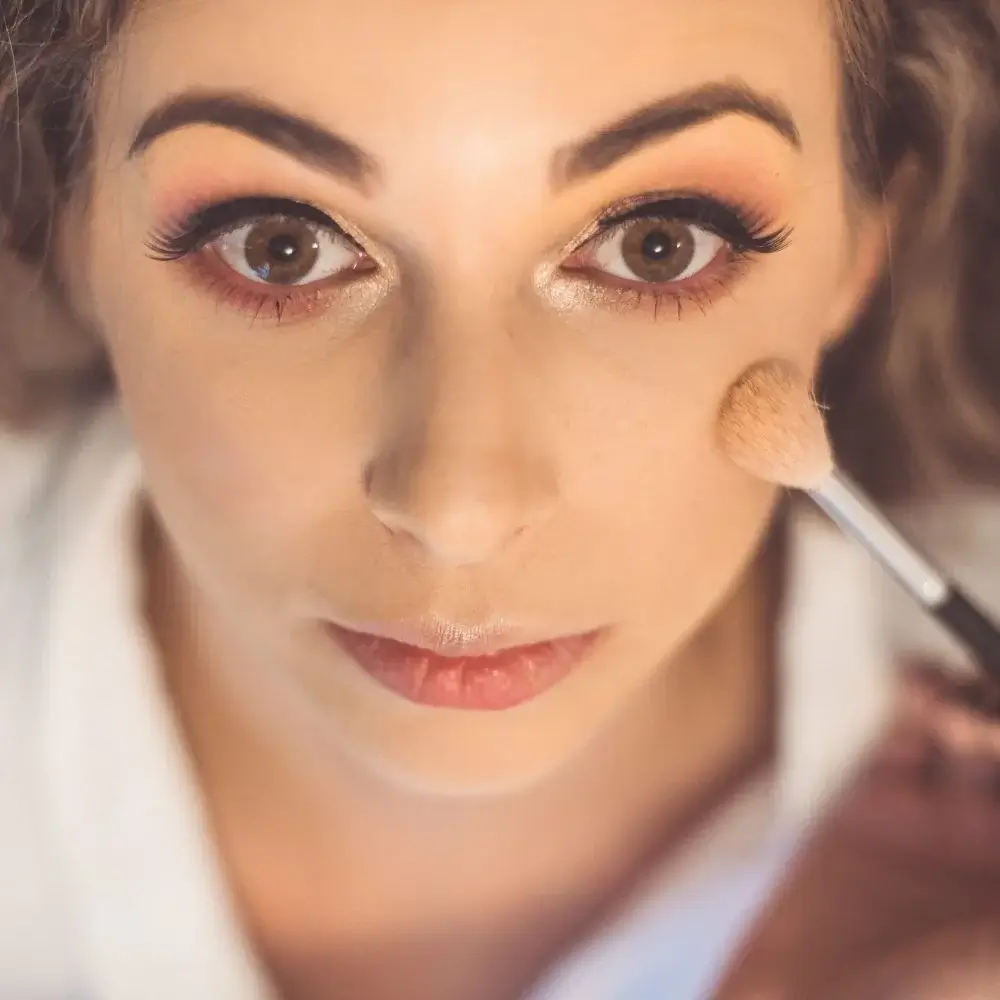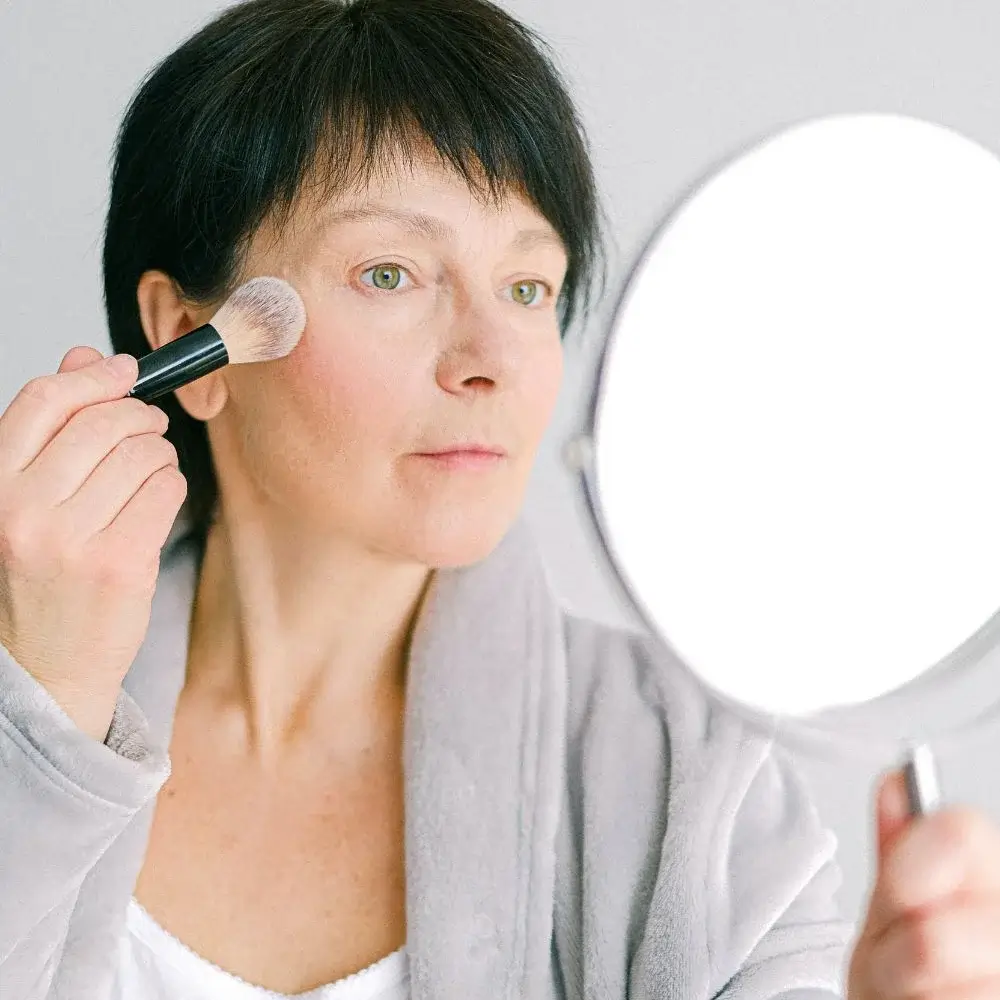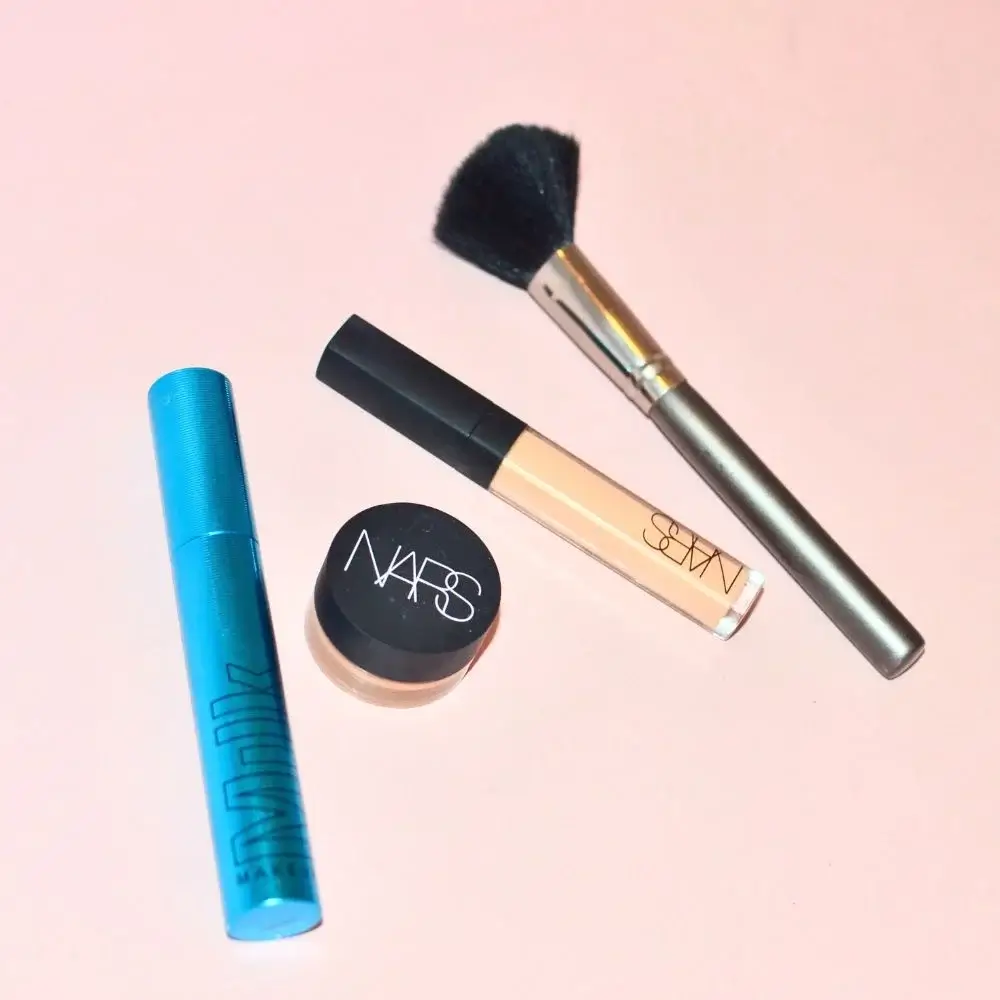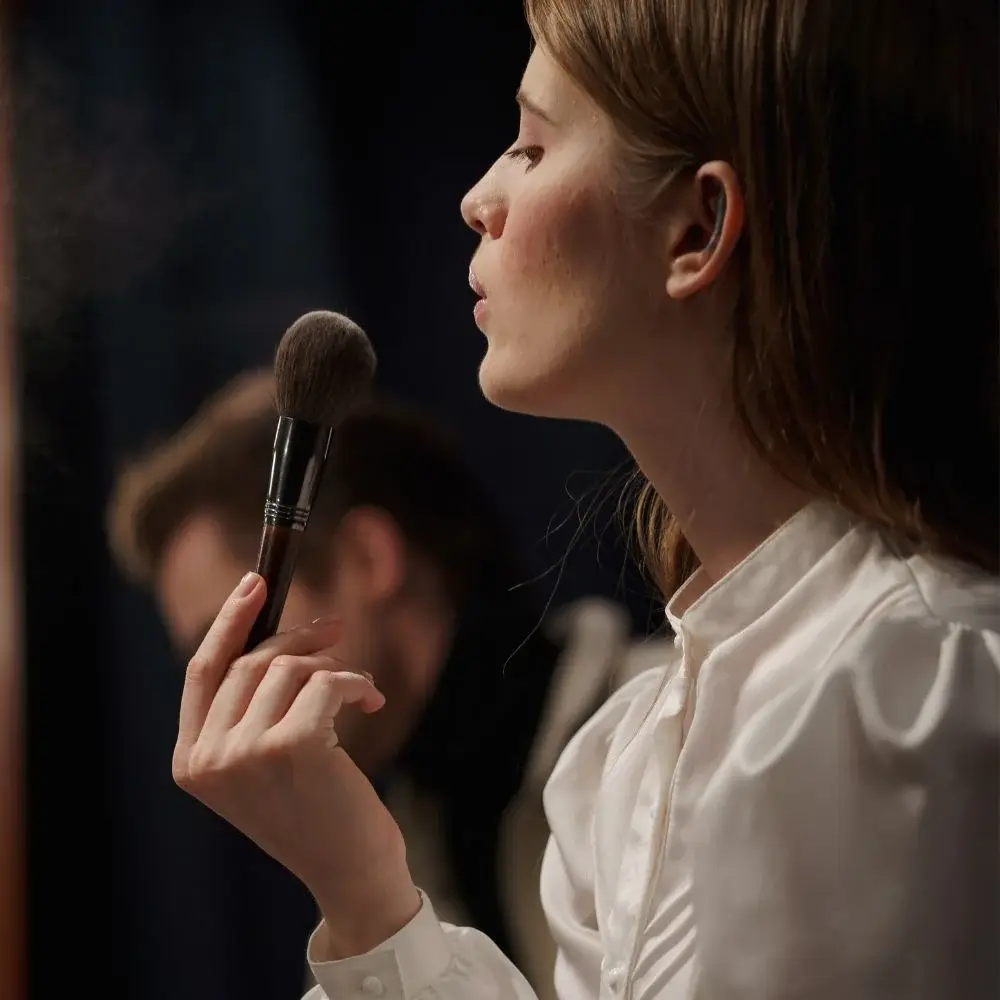Contouring has become a popular makeup technique over the years and for a good reason. By using darker and lighter shades of makeup, you can create the illusion of a more defined face structure. And to achieve this look, you need the right tools. One of the most essential tools is a contour brush. This blog post will discuss what makes a contour brush the best for applying contouring products.
Bristle Type
The bristle type is one of the most important factors when deciding on the best contour brush. You want a brush with soft, synthetic bristles that blend your product quickly. The softer, the better to avoid any harsh lines or streaks. Synthetic bristles are also preferred, as they don't soak up too much product, so that you can use less makeup. Generally, brushes with natural hair bristles can take in more product, resulting in a messier application.
Shape and Size
Consider the areas you want to contour when looking for a contour brush. Generally, you want a brush with a small, fluffy head to give you more control over the application. A too big or flat brush won't give you enough precision or blending power. You can find brushes with a tapered or angled head to help with more precise application and blending along the natural curves of your face.
Handle Length
The length of the handle is often overlooked but is an essential factor when choosing a contour brush. A handle that's too long or short can affect your makeup application experience. If the handle is too long, you may struggle with its weight and balance. On the other hand, a too-short handle will not give enough control and precision. Therefore, make sure to select a brush with a handle length that feels comfortable in your hand and allows for the precise blending you need.
Brand and Price
While the brand and price of a brush do not always indicate its quality, it is important to do some research. The right brand will offer high-quality brushes with various bristle types, shapes, and sizes. If you're unsure where to start, look for brands that are reputable in the makeup world and have been tried and reviewed by professionals.
Cleaning and Maintenance
Finally, it's essential to consider cleaning and maintaining your contour brush, which will impact its longevity. Always ensure you clean your brush regularly to keep it in good condition. Brush cleaner products are widely available, and you can also clean your brush with mild soap and lukewarm water. Rinse thoroughly and gently reshape the brush head before leaving it to dry. Avoid dipping the entire brush in water, as this can lead to damage in the long run.
When it comes to choosing the best contour brush for your makeup routine, there are a few factors to consider, including bristle type, shape and size, handle length, brand and price, and cleaning and maintenance. With so many options available on the market, investing in a high-quality brush that will last you a long time and give you the precision and blending power you need is essential. Remember, the perfect contour is all about practice and patience, so pick up your brush, experiment, and find what works best for you.
Calling all beauty lovers! Let us introduce you to the beauty editors' top pick for the best contour brush. After extensive research and review, we have found the perfect tool to help you create those chiseled cheekbones and defined jawlines. Click the link to discover your next favorite contour brush that seamlessly blends powder, cream, or liquid products into your skin. Trust us; this brush is a game-changer and a must-have in every makeup collection. Say hello to flawless contouring with this unique brush!
What are the different techniques for using a contour brush?
A contour brush offers various techniques to enhance your facial features:
- You can use it for sculpting, which involves applying a darker contour product along the hollows of your cheeks, jawline, and temples to create definition.
- Blending is crucial for achieving a natural look. Use the brush in circular motions to blend the contour seamlessly into your skin for a soft, well-blended appearance.
- You can also employ a brush for highlighting.
Apply a lighter shade of product to the high points of your face, such as the cheekbones, brow bone, and nose bridge, to accentuate these areas.

What should I consider when choosing a contour brush for cream products?
When selecting a contour brush specifically for cream products, there are a few factors to consider:
- Opt for a brush with densely packed synthetic bristles. This allows for better control and distribution of the cream product on the skin.
- Look for a brush with a slightly rounded or flat shape to facilitate smooth application and blending. The brush size should be suitable for the area you want to contour.
- Ensure the brush has a sturdy handle for easy maneuverability.
Considering these aspects will help you achieve precise and seamless cream contour application.

What are the advantages of using synthetic bristles in a contour brush?
Using synthetic bristles in a contour brush offers several advantages. Synthetic bristles are typically softer and more flexible than natural bristles, providing a gentle application on the skin. They are also less prone to shedding, ensuring a longer lifespan for your brush. Moreover, synthetic bristles are suitable for use with cream, liquid, and powder products, making them versatile. Another significant advantage is that synthetic bristles are cruelty-free and vegan and do not require animal hair.

How do I store my contour brush to prevent damage?
Proper storage of your contour brush is essential for its longevity and performance. To prevent damage, consider the following tips. First, keep your brush clean and dry, away from excessive moisture. Store it upright or in a brush holder to maintain its shape. Avoid overcrowding the storage space to prevent bristle deformation. , protect the brush from direct sunlight, as UV rays can cause bristle discoloration and deterioration. Regularly clean your brush to remove product buildup and bacteria.

How do I contour using a brush for different skin types (dry, oily, etc.)?
Contouring techniques can be adapted to suit different skin types. For dry skin, it is essential to prep your skin with a moisturizer before applying any makeup. Opt for cream-based contour products, which provide hydration and blend effortlessly onto dry skin. Use a contour brush with densely packed synthetic bristles for smooth application. Oily skin types benefit from powder contour products, which help absorb excess oil. A brush with firmer bristles, such as synthetic or natural hair, suits oilier skin, ensuring better product control and preventing streakiness.
Should I choose a tapered or angled contour brush for better results?
When choosing a contour brush, the decision between a tapered or angled brush depends on your desired contouring style. A tapered brush featured a pointed tip, allowing for more precise application and targeted contouring of specific areas like the nose or cheekbones. This brush type is ideal for those who prefer a more defined and sculpted look. On the other hand, an angled brush offers versatility by blending and diffusing the contour product seamlessly. Its slanted shape aids in contouring larger areas like the cheeks and forehead, resulting in a softer, more natural appearance.







